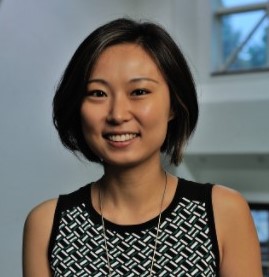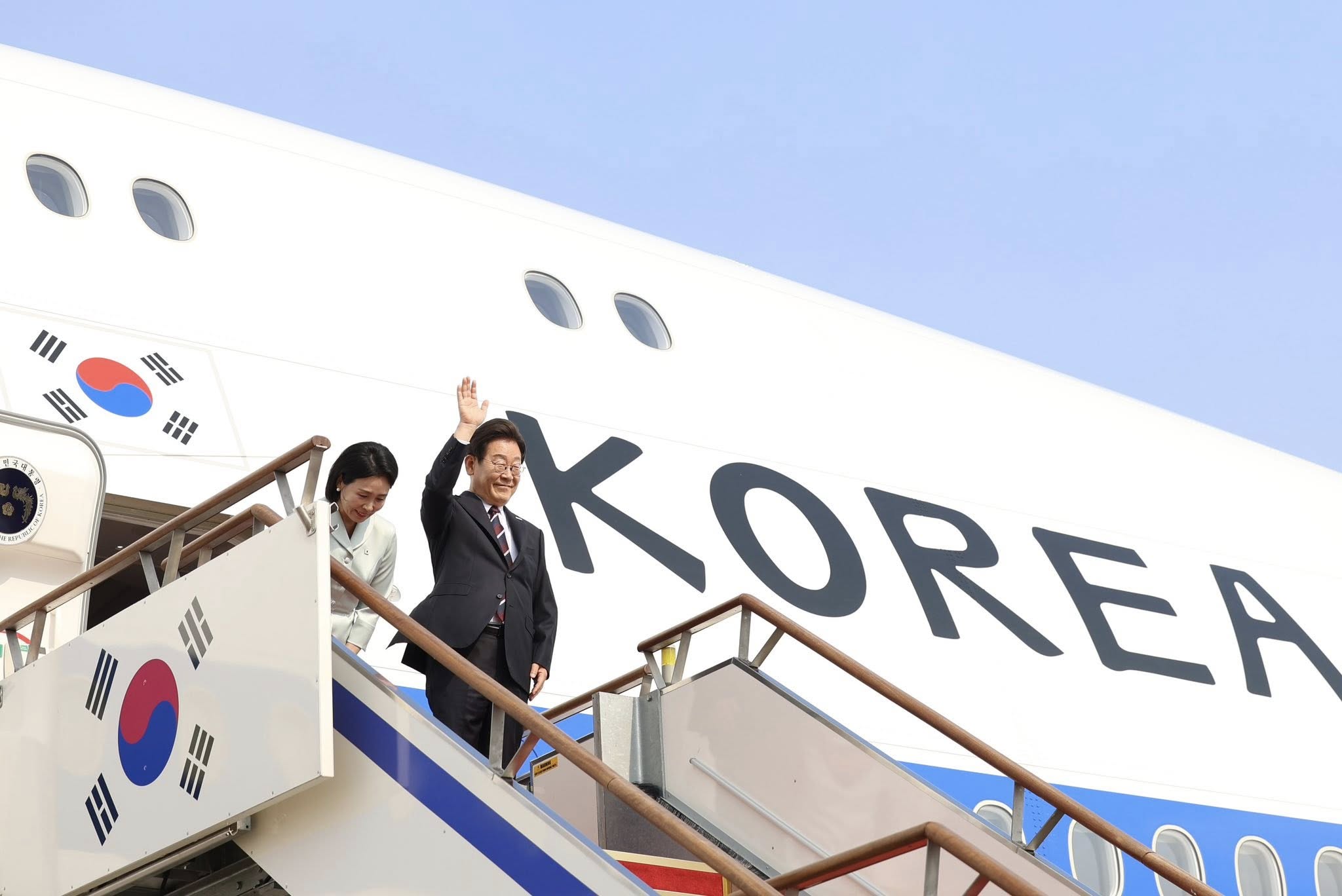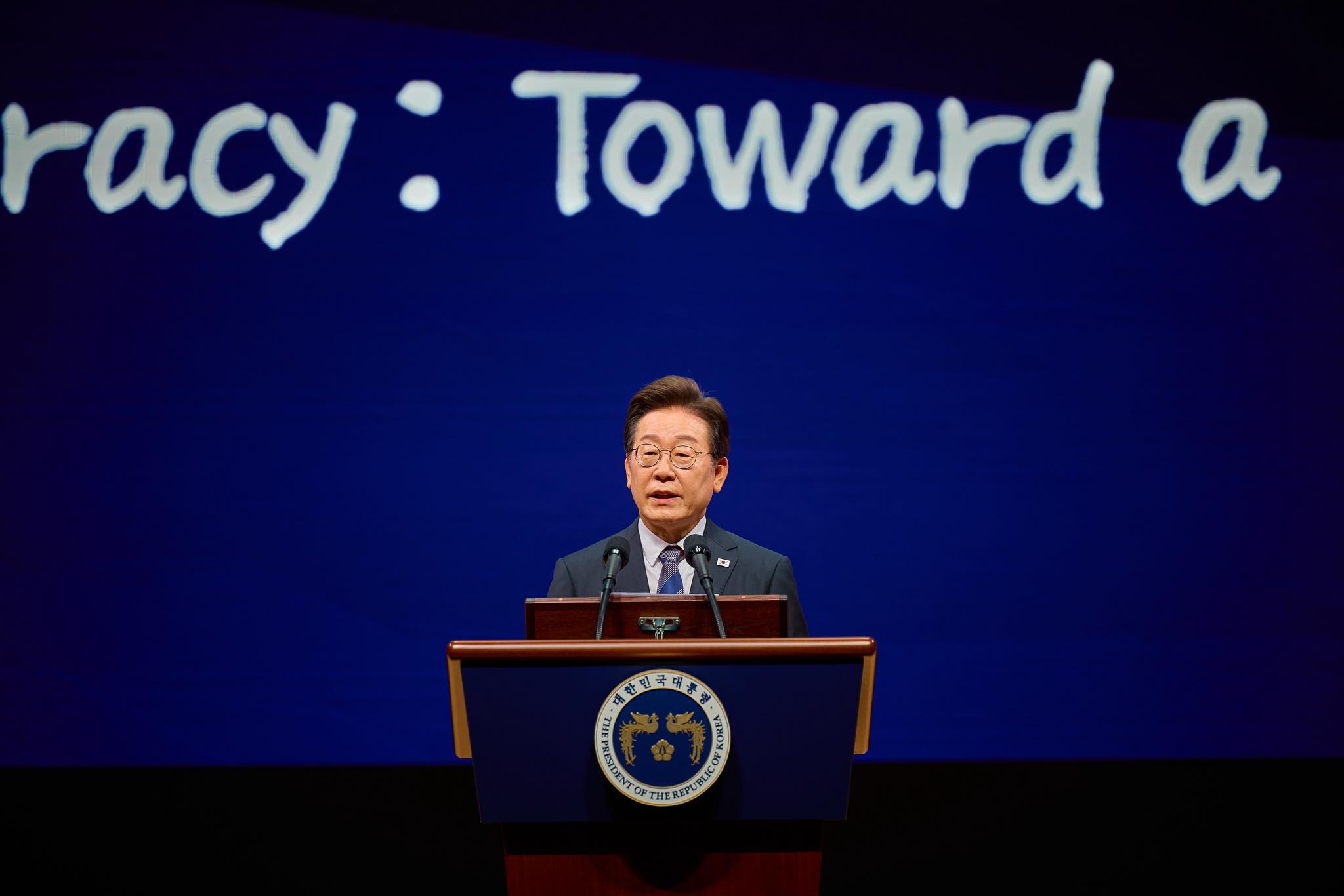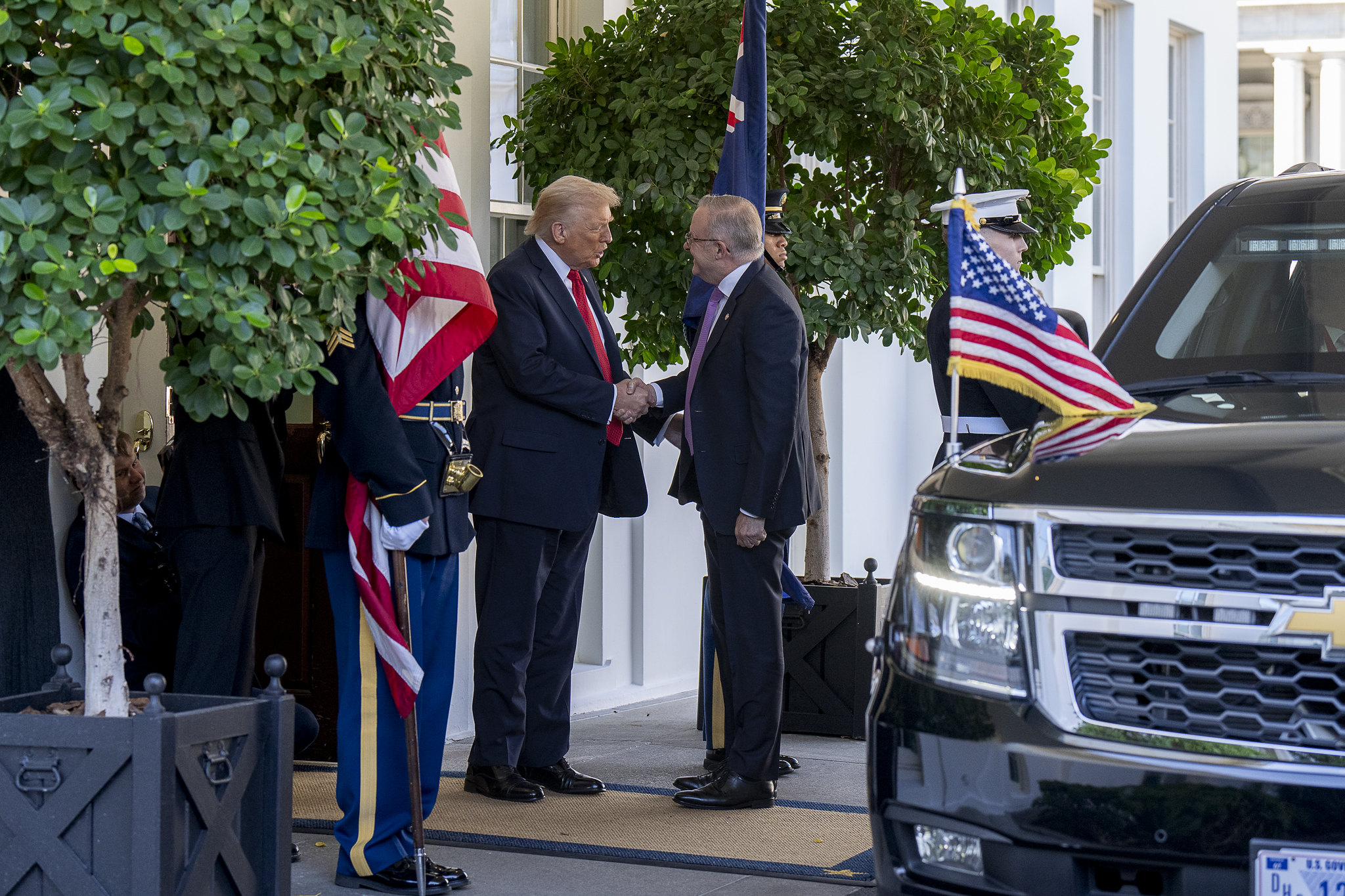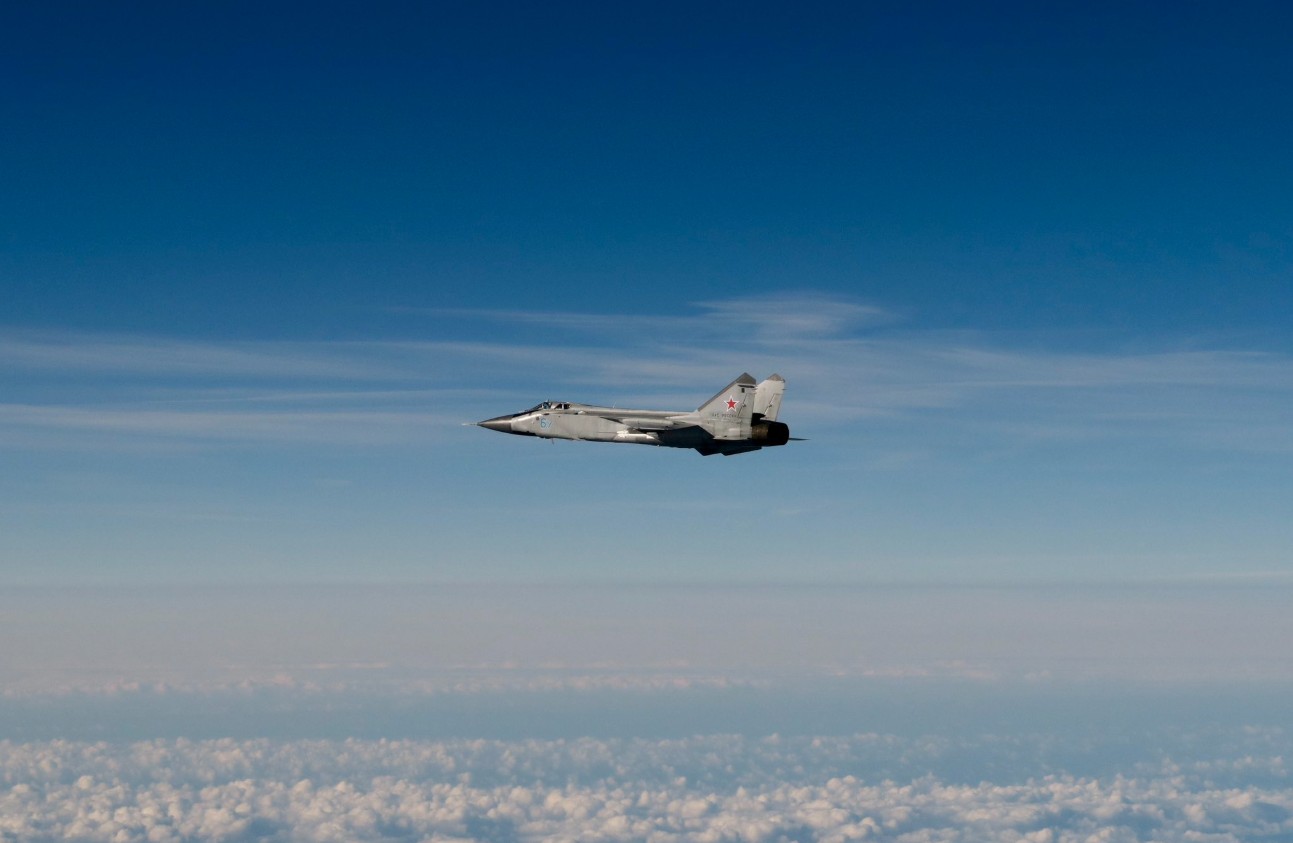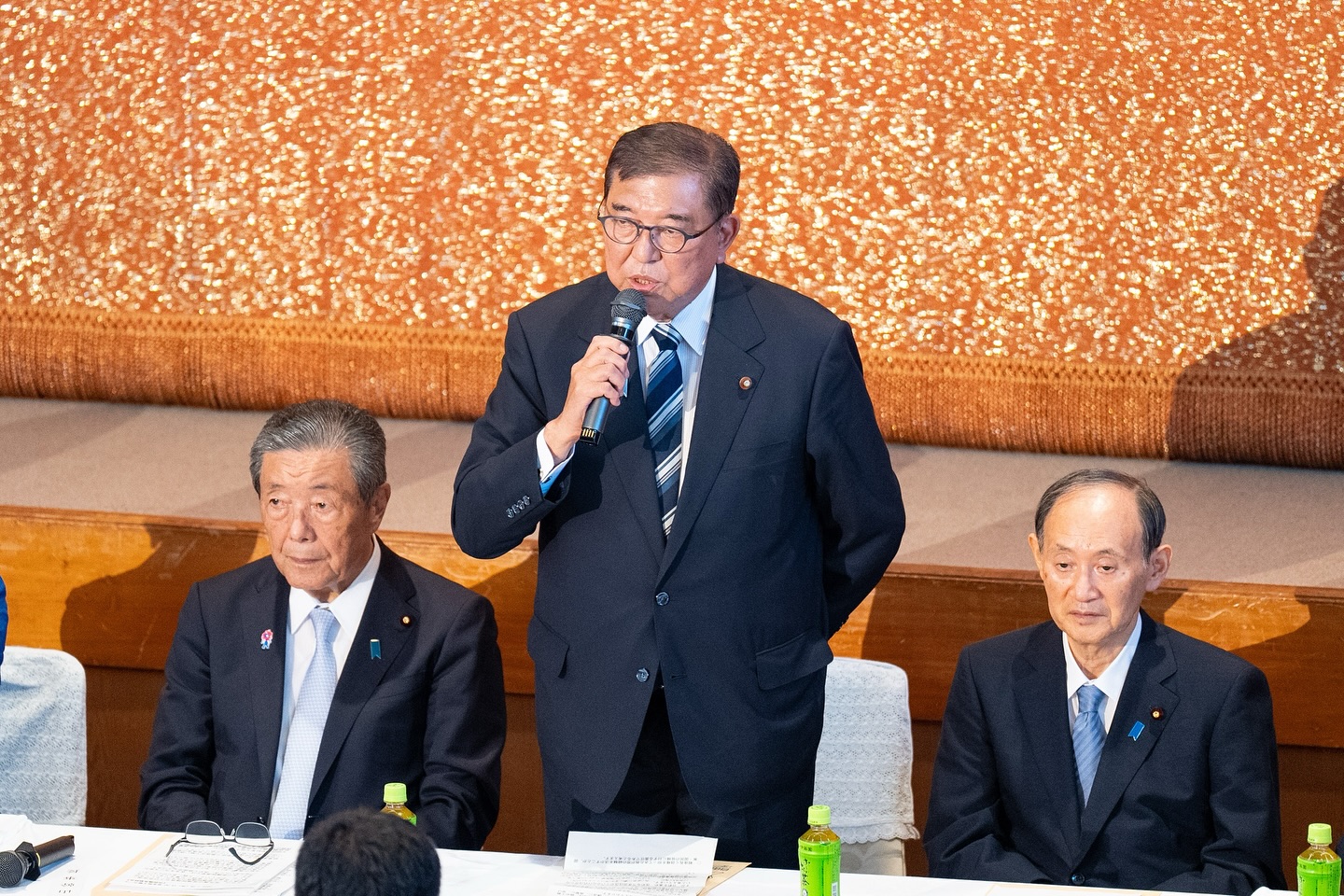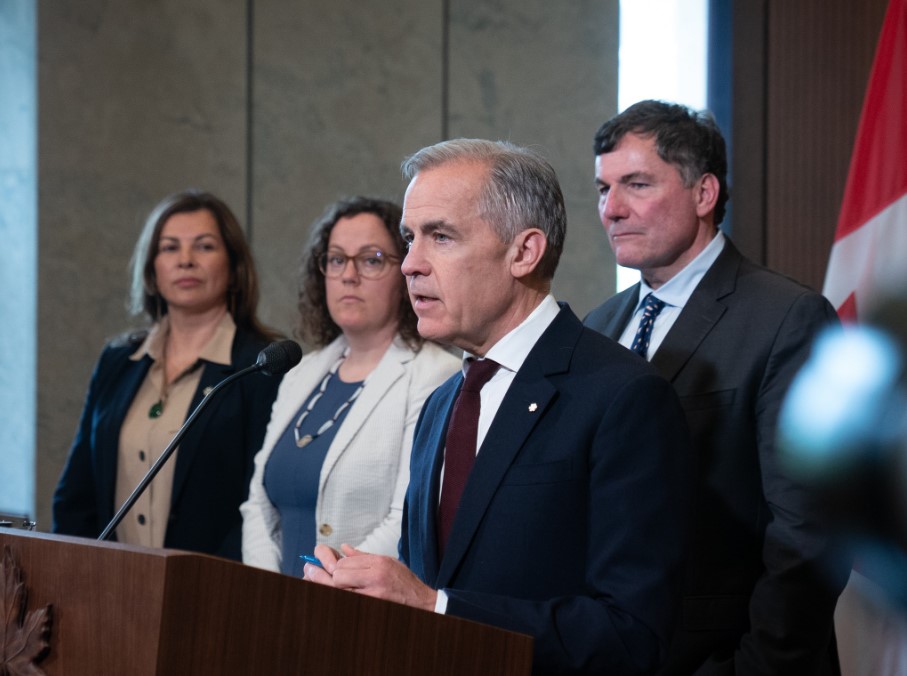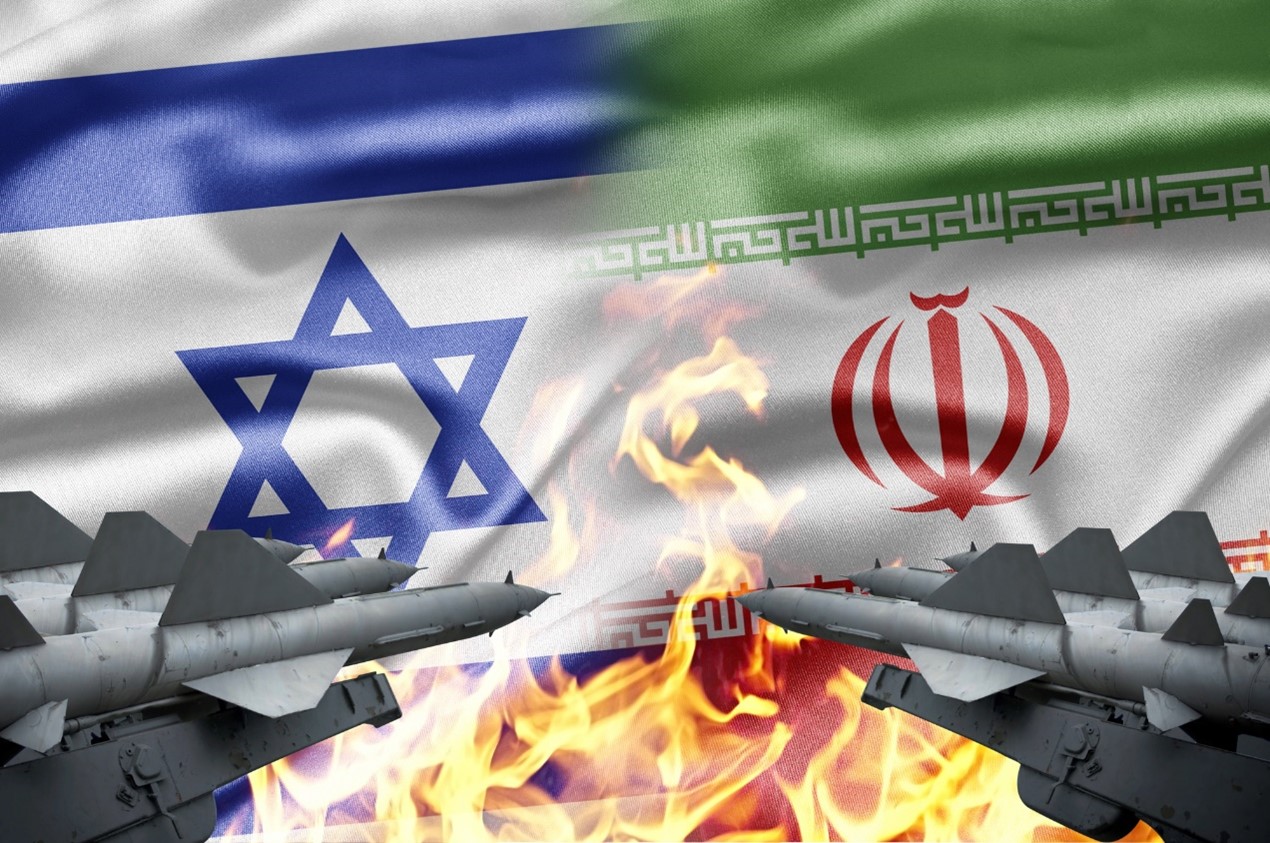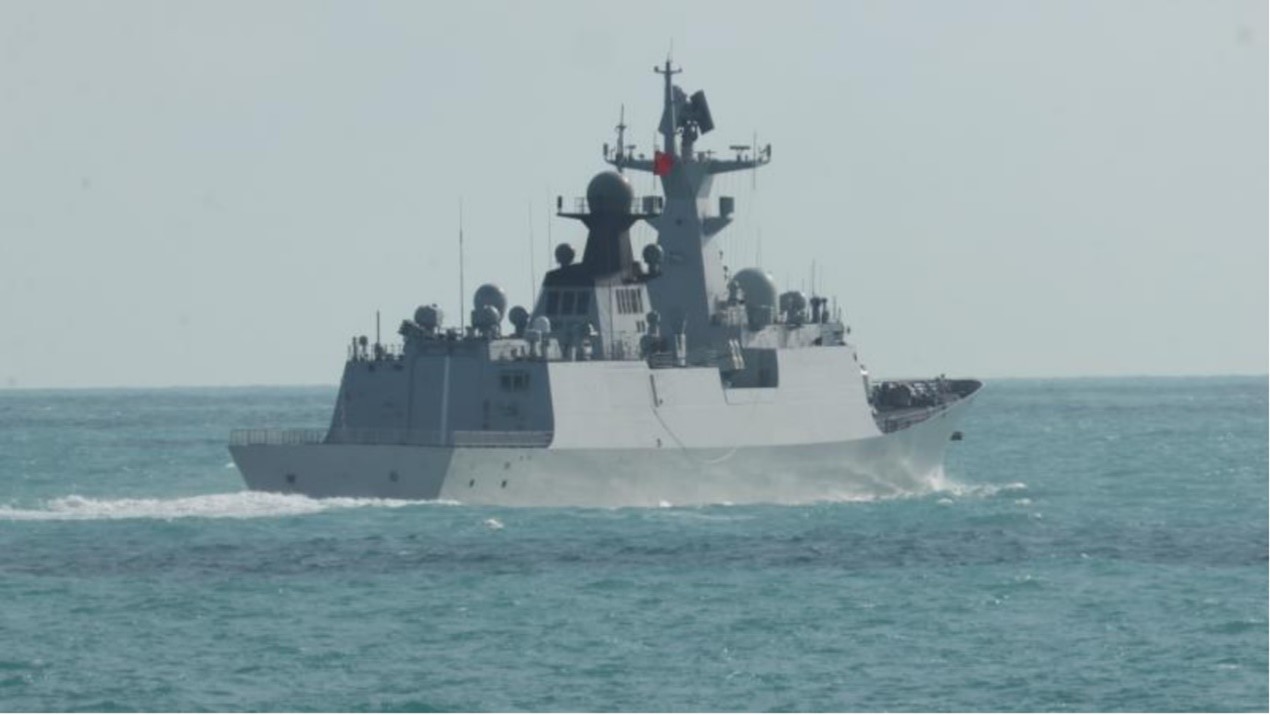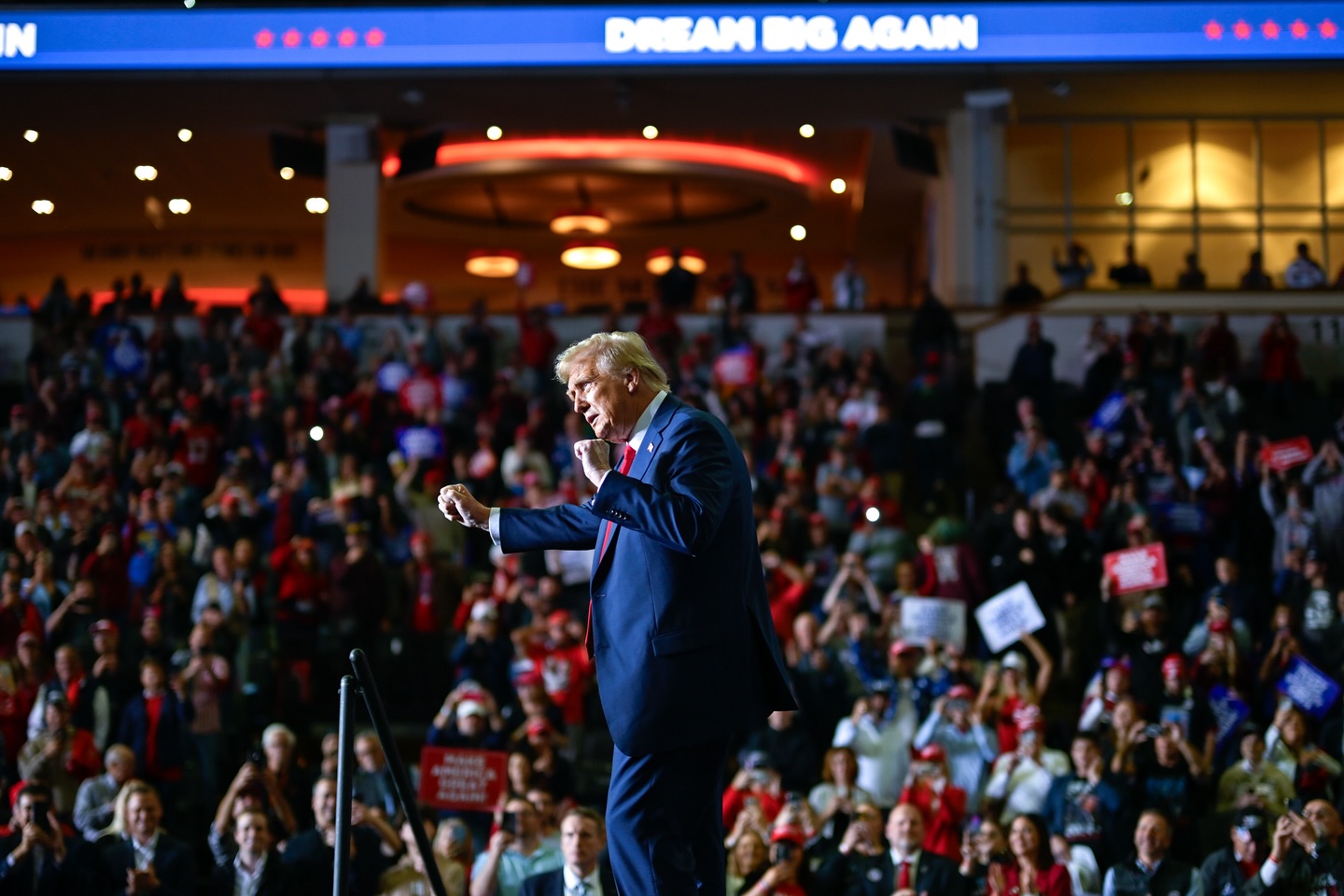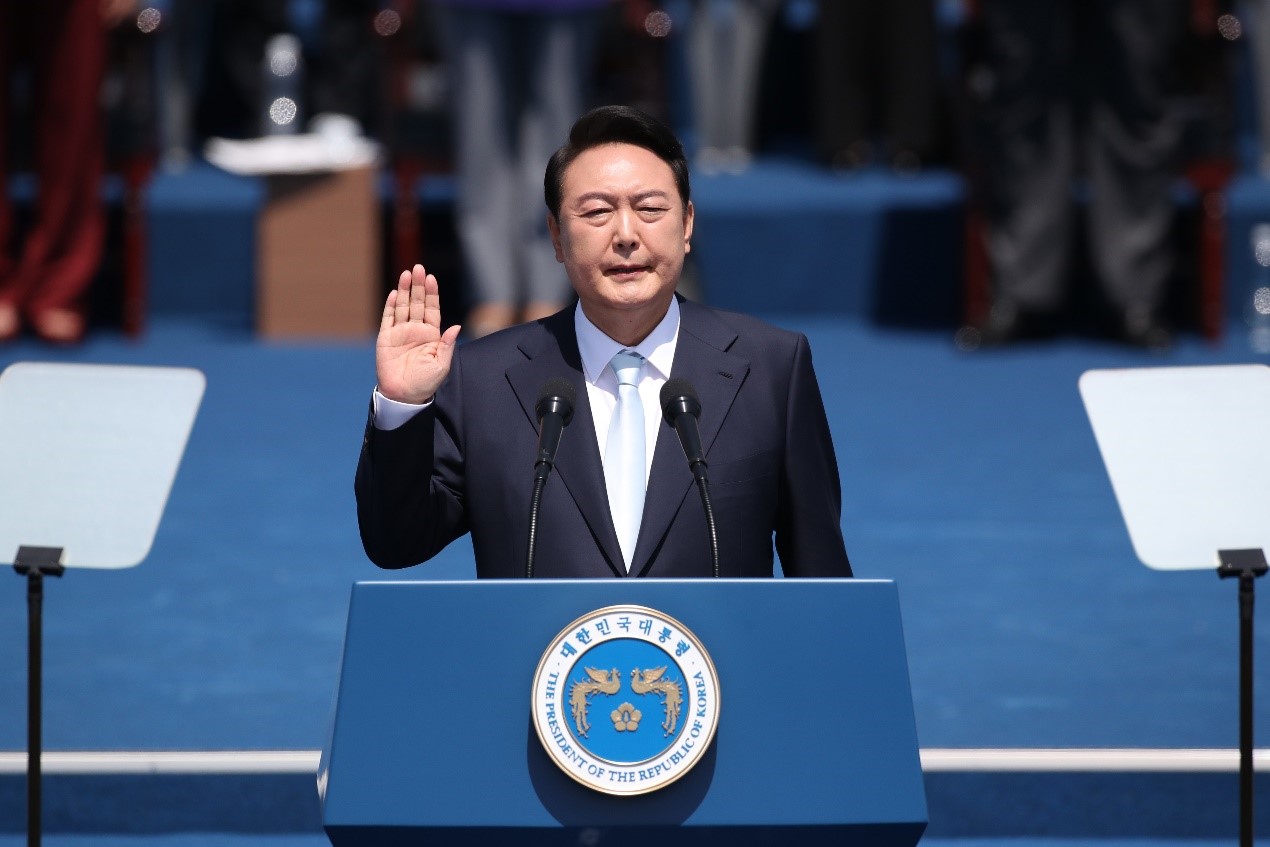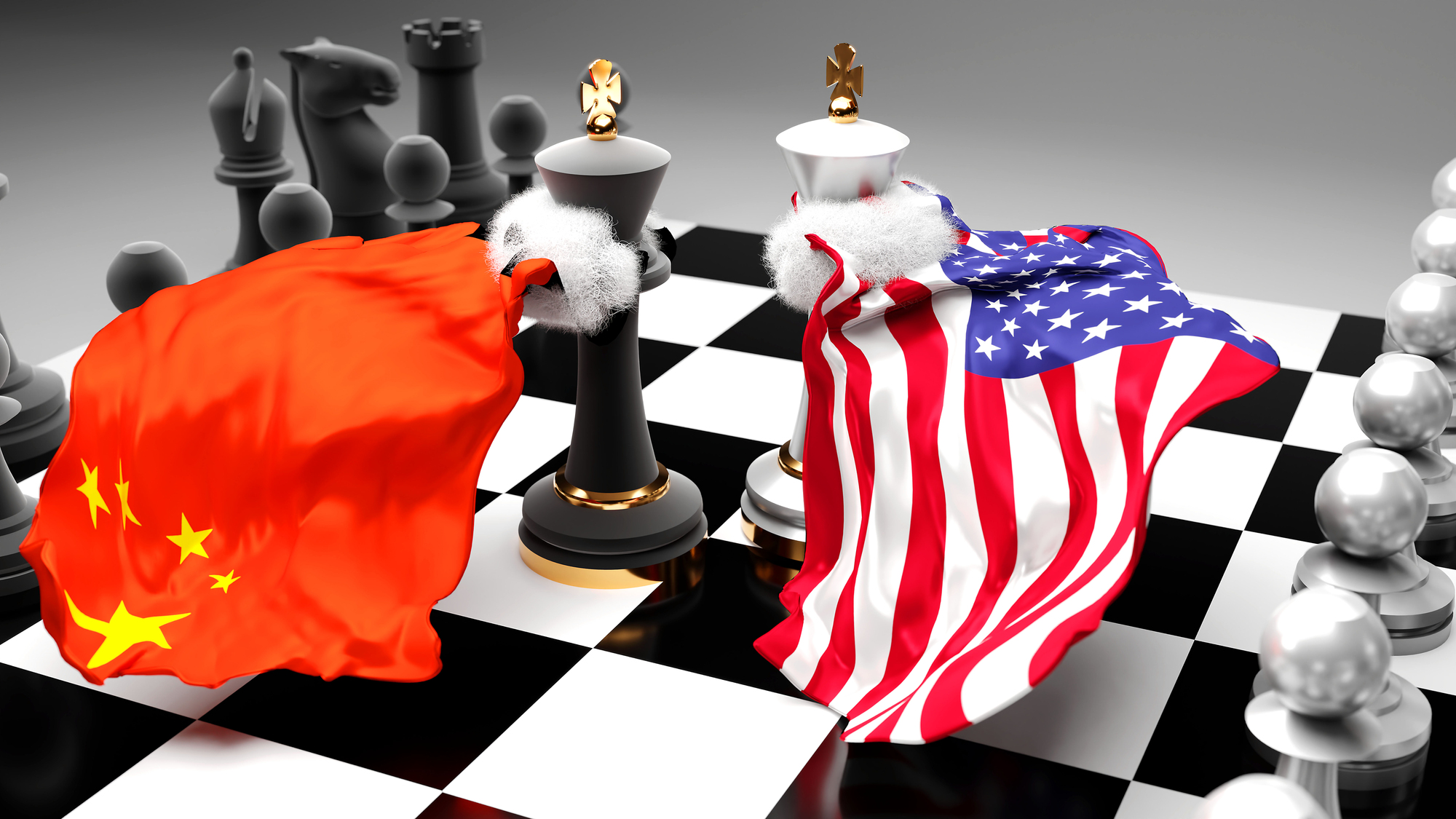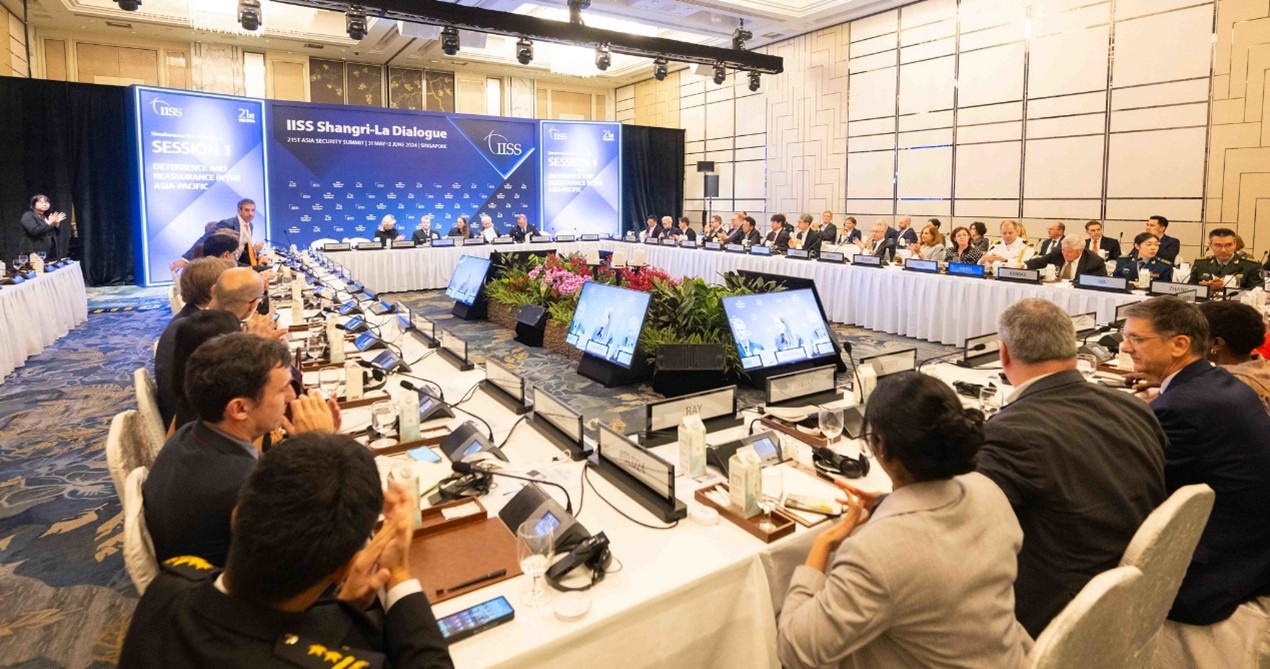Redefining Balance in a Polarized Region: South Korea’s Pragmatic Turn Under Lee Jae-myung
President Lee inherits a polarized diplomatic landscape. His predecessors pursued divergent paths: Moon Jae-in (2017-2022) sought a balancing act between the U.S. and China while facing setbacks in Seoul–Tokyo relations, whereas Yoon Suk-yeol (2022-2025) aligned closely with the U.S. and Japan. In contrast, Lee has signaled a shift toward pragmatic diplomacy, prioritizing national interest over ideological alignment. Picture source: 이재명, June 18, 2025, Facebook, https://www.facebook.com/photo/?fbid=30022821450666298&set=pcb.30022832730665170.
Prospects & Perspectives No. 40
Redefining Balance in a Polarized Region: South Korea’s Pragmatic Turn Under Lee Jae-myung
By Young-im Lee
The new president of the Republic of Korea, Lee Jae-myung of the centrist-liberal Democratic Party, took office on June 4, 2025. The snap election that led to his ascendency was triggered by the impeachment of former president Yoon Suk-yeol and brought an end to the political crisis sparked by Yoon’s declaration of martial law. Lee — a former child factory worker and former mayor and governor — won the presidency with 49.2 percent of the vote, defeating Kim Moon-soo of the People Power Party (41.1%) and Lee Jun-seok of the Reform Party (8.34%). Lee’s victory marked his political comeback, having narrowly lost to Yoon in 2022 by less than 1 percentage point.
Rising constraints on “Anmi Kyeongjung”
President Lee inherits a polarized diplomatic landscape. His predecessors pursued divergent paths: Moon Jae-in (2017-2022) sought a balancing act between the U.S. and China while facing setbacks in Seoul–Tokyo relations, whereas Yoon Suk-yeol (2022-2025) aligned closely with the U.S. and Japan. Yoon’s values-based diplomacy deepened South Korea’s integration into the U.S.-led Indo-Pacific strategy but heightened tensions with China and Russia. In contrast, Lee has signaled a shift toward pragmatic diplomacy, prioritizing national interest over ideological alignment.
President Lee’s approach continues the longstanding ROK strategy of anmi kyeongjung —aligning with the U.S. on security while maintaining economic ties with China. However, this balancing act is becoming harder to sustain. As a U.S. ally and export-dependent economy, South Korea faces intensifying pressure from Washington to shed strategic ambiguity and align more clearly with the U.S.-led Indo-Pacific framework.
U.S. administrations have increasingly framed United States Forces Korea’s (USFK) role as extending beyond deterring North Korea to supporting broader regional security. According to a Wall Street Journal report — denied by U.S. officials — the Trump administration is considering moving around 4,500 U.S. troops from South Korea to other Indo-Pacific locations and may be considering USFK redeployment for Taiwan contingencies. The potential redefinition of USFK’s mission may reignite South Korean domestic debates over defense spending, burden-sharing, and wartime operational control (OPCON). At the same time, U.S. calls for tighter coordination — such as participation in the “Chip 4” alliance or restrictions on high-tech exports to China — expose South Korea to serious economic risks.
China remains Seoul’s largest trading partner and a key actor in managing North Korea. Since the establishment of diplomatic ties in 1992, ROK–PRC relations have evolved from economic cooperation to complex strategic engagement. The Park Geun-hye administration (2013-2017) initially prioritized China relations — highlighted by Park’s participation in Beijing’s 2015 Victory Day military parade. While economic interdependence remains central, particularly following the 2015 ROK-PRC Free Trade Agreement, friction has grown over security issues. The THAAD deployment became a turning point. China’s economic retaliation (the hanhanryeong) severely disrupted Korean cultural exports and tourism, intensifying anti-China sentiment in South Korea. Moon adopted hedging strategies but continuing Chinese economic retaliation and a sharp decline in social and cultural exchanges illustrate the limits of the “strategic partnership.” Yoon aligned decisively with the U.S. and Japan, embraced an expanded role in the Indo-Pacific, but strained ties with Beijing, Moscow, and Pyongyang.
Recalibrating the ROK’s foreign policy
Lee now seeks to restore balance by emphasizing pragmatic diplomacy grounded in economic and security interests. This shift was underscored in Lee’s inaugural address, which reaffirmed commitments to the U.S.-ROK alliance and trilateral cooperation with Japan, while emphasizing “practical national interest” over ideology.
His controversial “xie xie” remark as a candidate — “I will say xie xie to China and xie xie to Taiwan … What does it matter to us whether they fight or not?” — echoed his pragmatic stance. The statement was widely interpreted as downplaying South Korea’s stake in cross-Strait tensions and framing diplomacy strictly in terms of national interest and strategic flexibility. According to former U.S. Deputy Assistant Secretary of State for East Asian and Pacific Affairs Evans Revere, such comments have fueled skepticism in Washington about Lee’s commitment to Taiwan.
The order of Lee’s post-election phone calls offers insight into his priorities. He maintained the tradition of early outreach to major powers: speaking first with U.S. President Trump and Japanese Prime Minister Ishiba Shigeru, then with Chinese leader Xi Jinping. The decision to call Ishiba before Xi was widely interpreted as a gesture aimed at improving Seoul–Tokyo ties while signaling continuity in trilateral cooperation. Notably, Lee’s fourth and fifth calls were to the Czech Republic and Vietnam, suggesting a strategic turn toward economic pragmatism. Vietnam has emerged as South Korea’s third-largest trading partner and top recipient of Korean Foreign Direct Investment (FDI), while the Czech call followed a major Korean nuclear energy contract win — underscoring how Lee is tying foreign policy to industrial strategy.
Chinese state media and analysts responded to Lee’s victory with cautious optimism, interpreting Lee’s emphasis on “pragmatic diplomacy” as a potential turning point in the previously strained China–South Korea relationship under Yoon. Beijing’s signaling was also evident in Xi’s congratulatory message to Lee — sent earlier than Washington’s — which emphasized deepening strategic partnership and mutual benefits. Chinese experts further speculated that the APEC summit in Gyeongju later this year could pave the way for Xi’s first visit to South Korea since 2014, underscoring Beijing’s intent to improve bilateral ties.
Domestically, however, conservative opposition and right-leaning media are critical of Lee’s approach to China and call it “pro-China.” According to the Spring 2025 Global Attitudes Survey by the Pew Research Center, 80% of South Koreans view China unfavorably — higher than the 77% in the U.S., just below Japan’s 86%, and well above the 25-country median of 54%. In this tense geopolitical climate, Lee’s pragmatic diplomacy appears less a policy preference than a delicate balancing act between competing domestic and international pressures.
Conclusion
President Lee Jae-myung’s foreign policy marks a pragmatic shift in South Korea’s regional diplomacy. While rhetorically aligned with the U.S. on Taiwan and Indo-Pacific issues, his administration is charting a careful course between growing American expectations and the realities of deep economic ties with China. Structural constraints, shifting public opinion, and historical legacies all shape Seoul’s limited strategic room to maneuver.
Given Lee’s emphasis on pragmatic, interest-based foreign policy, his administration is unlikely to take actions that risk entangling South Korea in military conflict or straining ties with China. Lee’s past rhetoric suggests his administration will continue to downplay Taiwan-related issues, reacting only when necessary.
There is a notable absence of in-depth analysis on ROK–Taiwan security dynamics, despite a growing body of work on their economic and trade relations. This gap likely stems from the lack of formal diplomatic ties and South Korea’s delicate position between two competing superpowers. However, expanding active dialogue and exchanges between South Korea and Taiwan building on their robust economic relations could foster more resilient and constructive bilateral cooperation. This would move Taiwan beyond being merely referenced as a flashpoint for South Korea but as a stronger partner in broader regional cooperation.
(Young-Im Lee is Associate Professor of Political Science at California State University, Sacramento, and Chief Researcher at the Sogang Institute of Political Studies in Seoul.)

